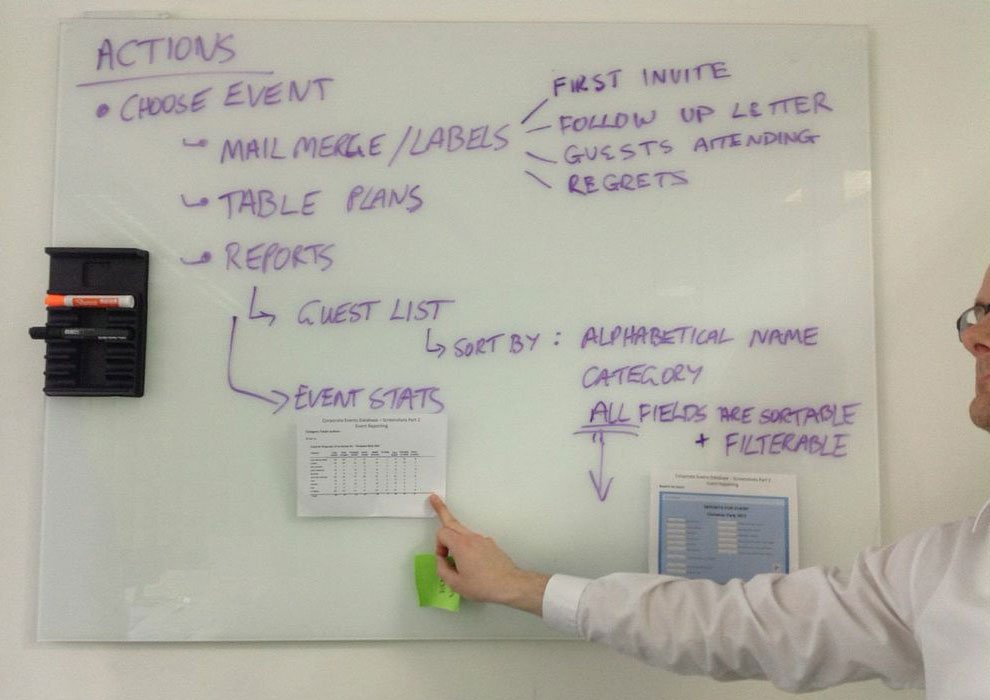It’s high season for workshops
For some time now, our UX team has been evangelizing the importance of driving projects based on an understanding of how users intend to use the products we’re designing for.
The workshop can be a productive way to bring stakeholders together to build closer relationships with personas, identify customer pain points, and explore deeper and more profound solutions to address their users’ needs.
Often times, it’s the first time a team has sat together for an extended period of time to properly discuss the project beyond just the token, and most probably, poorly written project brief. The workshop can be designed to bring people who are working on the project closer aligned to their customer requirements. On top of this, there’s usually an element of group bonding that can occur when sharing thoughts and ideas during catered lunch and coffee breaks, especially if it’s over an extended time away from our day-to-day routines.
Good, if not text book, so far. However, we went from pleading for the inclusion of UX workshops and having to appease upper management’s political concerns of fear of exposure, to an onslaught of management requests to engage prospective clients using the workshop as a pre-sale tool. Once it became clear that you could land paying clients with a UX workshop, the flood gates opened up with incessant demand for them. I was not prepared for the series of parades that followed. I recall my discomfort at the expectation that we report back with deal closing talk vs. a deeper understanding of our personas’ pain points.
I recall the worst was showing up to host a workshop only to feel the table turning in favor of a high level executive who was running the entire loyalty reward scheme at the time. The political schema was palpable as I watched my workshop quickly being reduced to just a pawn in his game to categorically refuse any involvement with eCommerce. It did not matter how users might better interact with the site, what was clear was they there would be absolutely no involvement with that other division that competed with his place and stature within this behemoth organization. I lost that day, but I learned alot about the protective nature of power.
Sometimes, though, you get lucky and land in with someone exceptional who really gets the purpose of a workshop. I’m thinking of David Viqueira in particular who was IT Business Relationship Manager at the time and needed some help guiding his client through various improvements to an antiquated CRM application. My favorite moments are when everyone is fighting for the pen which is my cue to start taking a few steps back to allow the team to express themselves and discover their own flow. After all, most likely they are the experts and in moments like these it’s clear that I’m merely the facilitator, especially if the energy is with someone else who’s clearly leading the direction and doing it well.
Our internal client presented us with endless pages of a tired ol’ invitation application
I kicked us off by steering the conversation towards the actual journey
I started sketching the ideas that were now coming fast
The energy was fun and engaging as we organized a wall of our ideas



